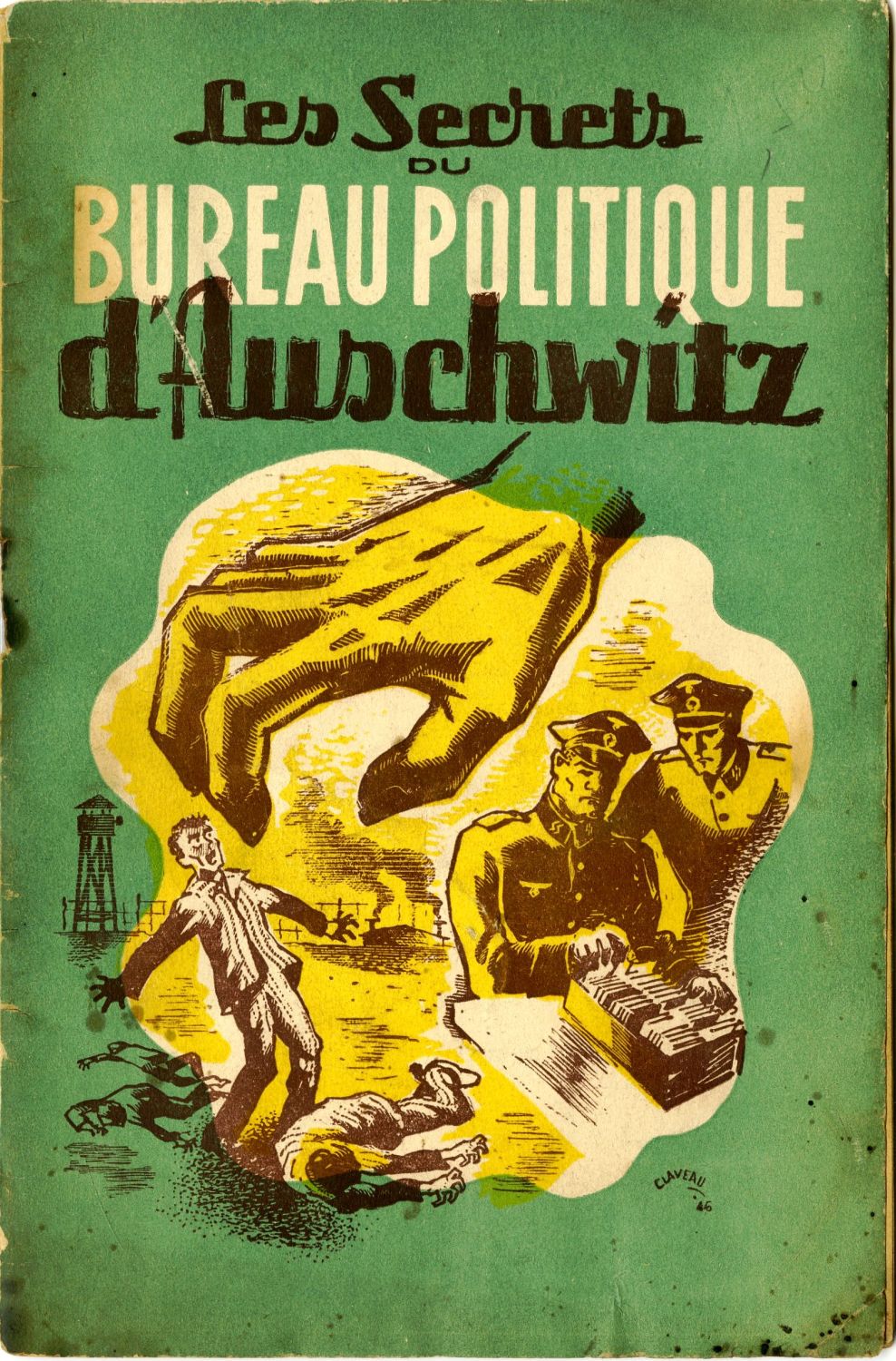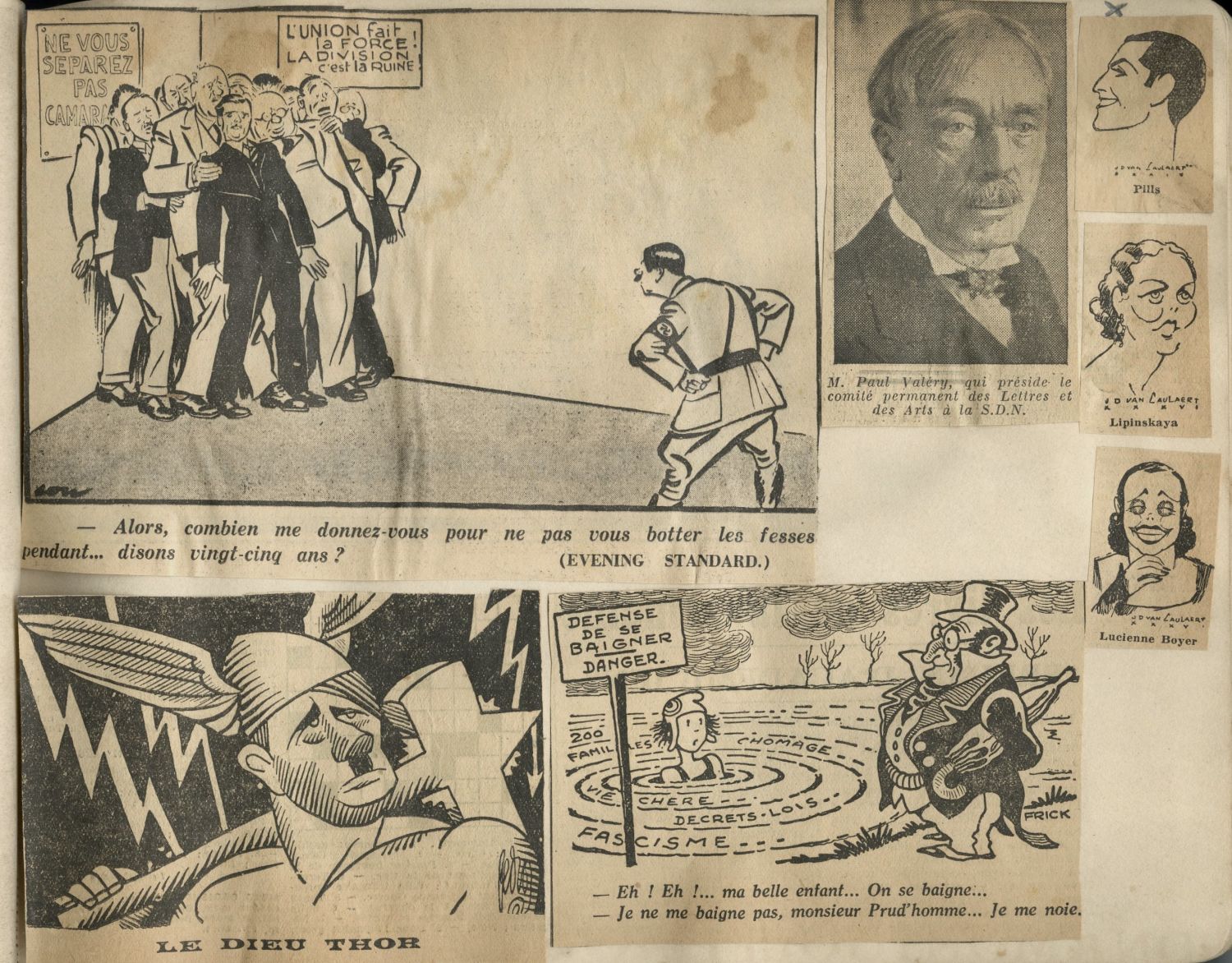Shirt of a Jewish forced laborer from Greece is marked with a yellow patch. Greece, 1943. An extremely rare find from the Greek Jewish holocaust.
Shirt of a Jewish forced laborer from Greece marked with a yellow patch with the number 2489. The shirt was of a Jew from the area of the Jewish ghetto established by the Nazis in Thessaloniki called Agia Paraskev. (One of the three areas of the Jewish ghetto established in 1943 - Agia Paraskev, Regi-Vardar and its surroundings, and the Baron Hirsch area). According to the information we were able to obtain, he was sent to forced labor in a quarry in the Leptokaria area in the middle of 1943, where he was murdered by the Nazis after a few months of work. The shirt was collected by a local resident after his death. The name of the Jewish forced laborer to whom the shirt belonged, will be given to the buyer.
Marking the Jews with a yellow patch was introduced in Greece in February 1943. Several teams of needle workers were harnessed to produce it, who worked relentlessly. The shape of the patch was a Star of David and each patch was numbered and given to its owner along with a Personal-Ausweis identification card. The low numbers from 1 to 1000 are intended for community workers, council members, the social welfare committee and all those whom the Germans forced to participate in the execution of the racial laws. In various Greek cities there were rumors that Jews with a small number would enjoy special rights. The last official Rabbi of Thessaloniki Jewry before the Holocaust and head of the Judenrat in the city Zvi Kurtz received the number 1. In the territory of Greece, the Jews subjects of Spain, Italy, Switzerland, Turkey and other neutral or friendly countries, were not required to bear the badge of shame.
Thanks to the strenuous activity of the Jewish committees made up of volunteers, which Zvi Kurtz urged to work vigorously, all preliminary preparations were made, so that by February 25th the numbered yellow patches would be ready. One hundred thousand yellow stars with a diameter of 10 centimeters were sewn. 90,000 of them were marked with numbers. From this date onward, every Jew who is a subject of Greece, or a subject of another enemy country, aged 5 years and older, will undertake to wear the yellow patch on his clothing - both on the street and at home. The military police supervised the fulfillment of these orders, and anyone who violated them was sent without delay to the concentration camp of Pavlou Mela.
In a decree dated February 17, 1943, the Nazi war criminal Dieter Wisliceny (Adolf Eichmann's top aides, Wisliceny was the main person responsible for the Holocaust of the Greek Jews) ordered to place a Jewish sign on the buildings where Jews live: houses, shops, workshops, and offices. According to the interpretation of this decree, Jews were considered, as mentioned, every shop, every business - whose owner, or at least one of the owners or partners, was Jewish. Such stores were ordered to hang a sign in a prominent place in German and Greek: "Jewish Business". From February 25 onwards - by order - all Jewish homes were marked with a white paper sign with a Star of David on it.
Extremely rare. Almost no numbered yellow patches from Greece have survived, and even more so the clothes of the Jewish forced laborers have not survived (in the collection of objects in the Yad Vashem Museum there is one Greek yellow patch numbered with the number 6520 of Jacques Leon, also in the Jewish Museum in Greece there is a Greek yellow patch with the number 18817, generally also in museums engaged in commemorating the Holocaust around the world, the Greek patch is extremely rare).
Many tears in the shirt: the right side of the shirt is completely torn. On the left, the armpit area is torn. Tears also in the lower part of the shirt. The yellow patch is preserved intact.












